Depressed grid: Sadc must capitalise on regionally integrated solutions
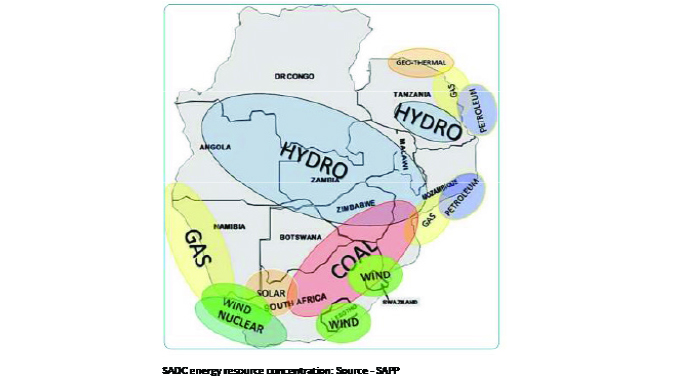
Prosper Ndlovu, Business Editor
DEVELOPING efficient energy systems has always been closely linked to successful industrialisation across the globe, yet for most countries in Southern Africa, alongside other regional counterparts in Sub-Saharan Africa, rolling power cuts and low access to electricity by a majority remain the biggest drawback.
As climate change and the Russia-Ukraine conflict keep pushing energy prices and cost of living up, demand for reliable, least cost, and environmentally sustainable energy is a must for Southern Africa.
Massive investment projects in different parts of the region require adequate energy generation to bring about desired regional transformation in line with the SADC Industrialisation Strategy and Roadmap (2015-2063), and the Regional Infrastructure Development Master Plan (2012-2027).
Amid limited fiscal space and subdued foreign direct investment in energy projects, supply deficit will pile more pressure on the already strained regional grid, which calls for enhanced cooperation, interconnectedness, and power pooling to ensure energy security underpins regional industrialisation.
As things stand, reports from across the Sadc bloc indicate that most member states are in dire straits in terms of energy supply.
Load shedding is not only crippling the productive sector but straining provision of basic social services such as water and sewer reticulation, as well as health operations, among others, which mostly affect ordinary people.
Sadc’s leading industrialised economy, South Africa, has been plagued by acute energy shortages for the better part of this year and before. According to local media reports, the country’s power utility, Eskom, which generates more than 90 percent of electricity with about 46 000MW installed capacity, has struggled to meet demand since 2007.
Ageing coal plants, which are prone to constant breakdowns at a time the utility is making losses amid debts running into billions of rands, protracted labor disputes/protests have compounded the situation.
At ‘Stage 6’ load shedding, regarded as the severest this year, water and sewer reticulation operations by municipalities have been shattered, the Sowetan reported early this month, quoting South Africa’s Local Government Minister, Anton Bredell, who said the costs of power cuts were piling up due to pipe bursts and service disruption.
Zimbabwe and Zambia face the same predicament, which has been worsened by climate change complications through reduced water levels, mainly at Lake Kariba, the largest hydro-power base for the two neighboring states.
Locally, Zesa this month drastically cut electricity output to less than 300MW from a peak of above 750MW at Kariba following a directive by the Zambezi River Authority citing low water levels. This has induced a huge strain on manufacturing companies, local authorities, and households.
“Surviving without water and electricity is a nightmare. We’re now forced to wake up at midnight to cook meals for the whole day knowing power will be disconnected at 5AM. Queuing at boreholes for long hours is frustrating,” said Ms Bekezela Ncube from Bulawayo’s Emganwini suburb.
While Zambia seemingly has some excess grid to share with neighbors under negotiated circumstances, locals have equally reported adverse impacts of unstable supplies.

Kariba Power Station
“This situation isn’t sustainable. Zambia has traditionally been reliant on hydroelectric power, but the Kariba Dam hasn’t been adequately maintained for decades, and variable rainfall in recent years reduces hydroelectric generation capacity,” Zambia’s State-owned group, ZCCM Investments Holdings’ board chairperson, Dolika Banda, said in a report by Creamer Media’s Mining Weekly.
“Our energy situation is untenable. Electricity is unreliable and power outages are frequent. Many have to use generators, which is costly.”
Namibia also faces acute energy deficiency, particularly in rural areas, where slightly above half of the population has access to power with Windhoek importing over 50 percent of electricity, mainly from South Africa, according to Parliament records.
Similarly, the African Journal Online reports the Kingdom of Eswatini has been experiencing power outages for some time, which has muted efforts to increase access to electricity, resulting in harsh penalties and costs to the economy.
In Malawi, the United Nations Development Programme (UNDP: December 2022) lists energy constraints among top challenges that hamper progress toward sustainable economic growth.
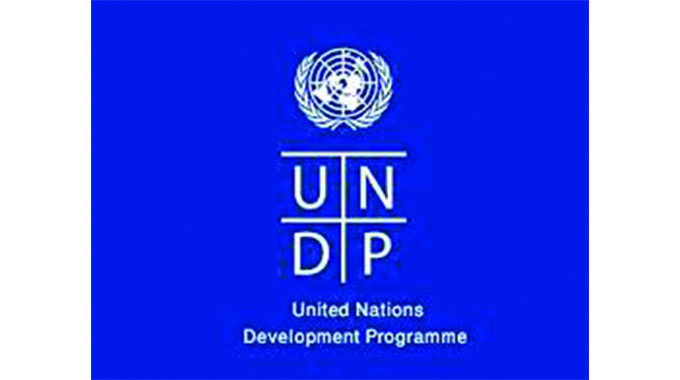
United Nations Development Programme (UNDP)
The script is the same in other regional members, save for Mozambique, which has recently leapfrogged its peers to become one of SADC’s primary producers and exports power to Botswana, South Africa, Zimbabwe, and the Southern African Power Pool (SAPP).
Indeed, the prevailing supply deficit exposes the inadequacies of fragmented efforts by individual countries, with expert and research insight showing SADC is yet to fully exploit numerous benefits of regional energy cooperation due to sluggish project implementation and weaker interconnecting infrastructure.
This is despite the well-expressed regional energy integration framework as espoused in the 1996 Sadc Protocol on Energy, which promotes harmonious development of national policies for common interest in energy security – backed by the establishment of SAPP, which institutionalized regional energy trading.
Scaling up regional collaboration is, thus, more fundamental to Sadc energy sustainability in the face of geo-political complications that are tilting global value chains and climate change contestations on financing fossil-energy projects.
In this regard, Shingirirai Mutanga and Thokozani Simelane, in a research paper titled: “Electricity Generation: A Driver of Sadc Regional Integration”, suggest that Sadc’s quest for economic transformation and boosting international partnerships will remain a challenge if not backed by a solid power supply strategy.
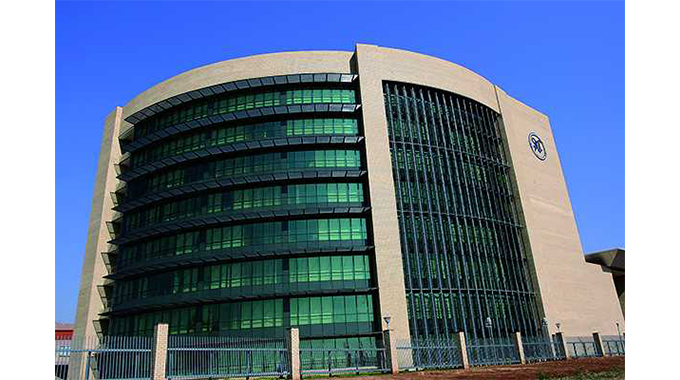
THE Southern African Development Community (Sadc)
They, particularly, advocate for strengthening of the regional power pool model to enhance effectiveness and efficiency in resource utilisation.Economist and Africa South Business Group member, Mr Eddie Cross, concurs, stressing the need to unlock investments in high-impact regional energy generation and transmission infrastructure projects that would feed power to key development projects in Sadc.
“Several major projects are being planned in the region for the next decade, which will require a lot of electricity,” he said.
Unleashing new capacity through flagship regional energy projects in gas, solar and hydro-energy, and coal, which are abundant in Southern Africa, is more critical in addressing energy poverty, Mr Cross added.
Mozambique’s success story of rapid hydro-power expansion from its Cahora Bassa Dam, one of the largest African projects with installed capacity of about 2 075MW, augmented by substantial discoveries of gas and coal, and favorable investment framework, should inspire the whole region.
Going forward, Sadc member States should combine efforts to unlock funding and actualise projects such as the Inga Gorge Hydro-Power in the DRC, which is capable of producing 40 000MW of energy ‘enough to light the whole of Africa and export to southern Europe’, said former Zimbabwe finance minister, Tendai Biti, during a recent debate in Parliament.
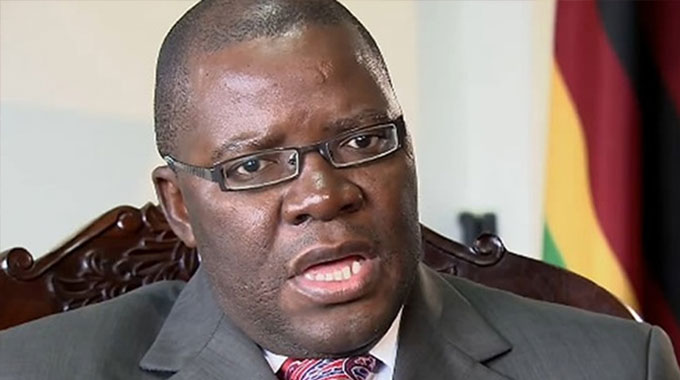
Mr Tendai Biti
“It pains me that the World Bank and others haven’t provided finance to Inga because they know the liberation effect that Inga will have on the ordinary wanachi on the African continent,” he said.
Other proposed projects like the Batoka Gorge, which is expected to unlock 2 400MW on the Zambezi River between Zimbabwe and Zambia, Kafue River basin potential, and the 2 400MW Sengwa Project in Zimbabwe’s Gokwe District, hold massive collaborative energy potential for the region.
Apart from Mozambique’s flagship US$20 billion liquified natural gas project, more similar projects, including solar, could be harnessed to unlock massive output across the region in line with the integrated Sadc Renewable Energy Strategy and Action Plan.
The region should further hasten flagship intra-regional power connection projects implementation, most of which are still at the feasibility study level, according to SAPP’s November 2022 report.
These include the Zimbabwe, Zambia, Botswana, Namibia (Zizabona) interconnector project, Angola-Namibia interconnector, Malawi-Zambia interconnector, and Mozambique-Tanzania interconnector projects, among others.
When adequate power generation is achieved, the United Nations Conference on Trade and Development (UNCTAD) says electricity trading will be more efficient, reliable, and low-cost-based on mutual benefits for importing and exporting members under SAPP.
When countries export/import excess supply of electricity from members, the UN agency says collective sustainability will be achieved by eliminating costs of investing in local generation capacity.
As such, Sadc should “work together to strengthen efforts towards an energy self-sufficient region through developing its own energy sources”, Namibian legislator, Agnes Kafula, stated in remarks at a Sadc Parliament Forum in Malawi.
The World Energy Council, also acknowledges that harnessing regionally integrated energy solutions leads to improved supply security, accessibility, economic efficiency, enhanced environmental quality, and broader development of renewable resources.
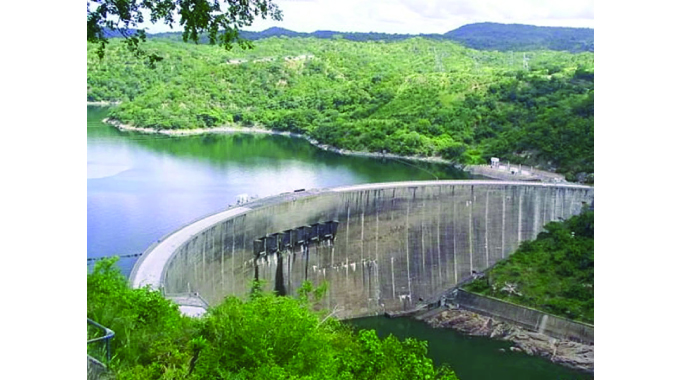
Batoka Gorge hydropower station
In view of global climate change mitigation efforts, accelerating regional cooperation is critical in fast-tracking and strengthening Sadc and entire Africa’s transition into green energy solutions.
Hence, regional integration as proposed among African countries, “can sidestep some of the constraints that countries, individually, face in the areas of finance, human capital, and technology needed for transition”, says the South African Institute of International Affairs (SAIIA).
In this regard, Sadc member states must embrace science, technology, and engineering capabilities through collaborative research and development that promote harmonization of the energy sector.
The operationalisation of the African Continental Free Trade Area (AfCFTA), which embodies the ideal wider regional integration dream and puts focus on key infrastructure development, provides an ideal supporting framework for improved prospects of regional power pools, as well as accelerating green energy breakthroughs, adds SAIIA.
This is because the barriers to investment for many small and poor African countries are reduced with AfCFTA, as it enables multilateral frameworks for trade and investment negotiations, it noted.
In the spirit of regional integration, liberalising the energy market by facilitating private sector participation, will augment the efforts of ailing national utilities and enhance sustainability, which could be a game changer.
This thrust closely aligns with developments at the African Union level, which in its Agenda 2063, identifies energy as one of the key infrastructure pillars for the continent.
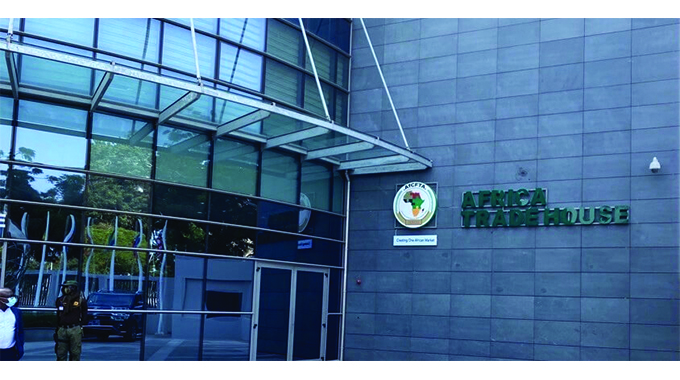
African Continental Free Trade Area
In the long run, attaining regional energy security dovetails with the United Nations Sustainable Development Goals (SDGs), especially goal number 7, which aims to ensure “access to affordable, reliable, sustainable and modern energy for all”.

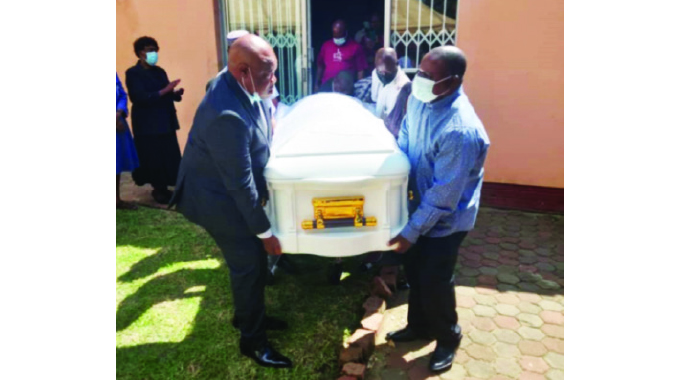
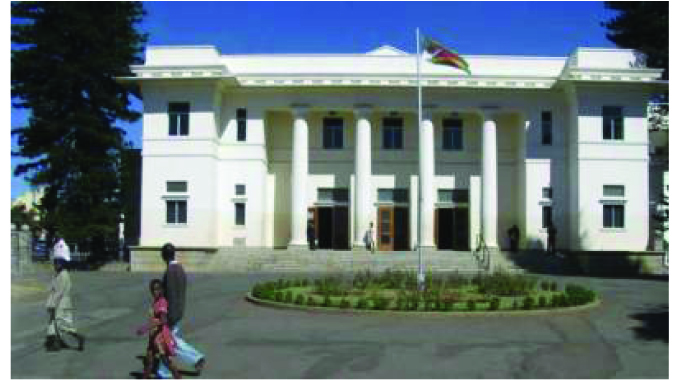

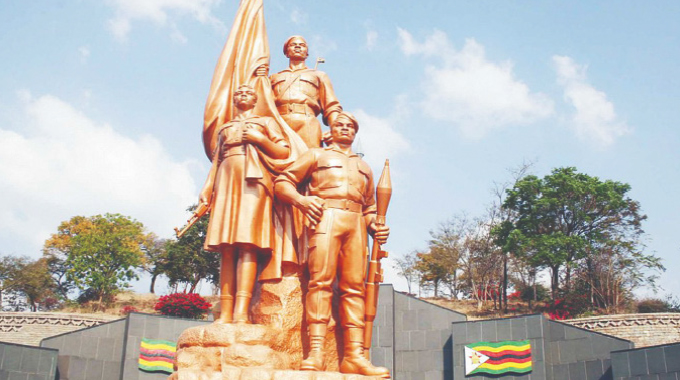







Comments